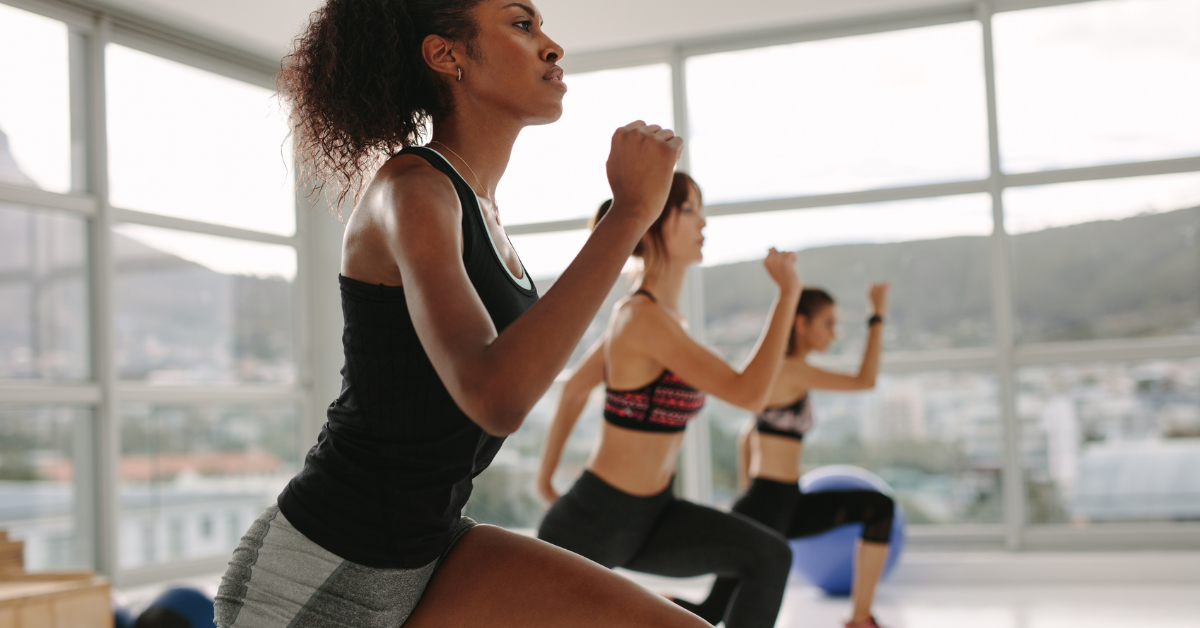Investing in you health pension – part 2 – Optimizing your movement
Welcome back to the second part of our blog series, “Investing in your Health Pension.” We’re thrilled you’re here and ready to embark on this journey toward a healthier you.
In part 1, we painted a picture of your health journey, and today, we’re going to dive deeper, crafting a personalized roadmap that aligns with your unique needs and circumstances.
It’s essential to remember that this plan is exclusively yours. It needs to be custom-made to fit your lifestyle, preferences, and health requirements. Together, we’ll outline the steps necessary to ensure your tailored strategy successfully navigates you through your wellness journey.
A wise saying to keep in mind as we progress is this: there are countless methods are many principles are few; methods often change, but principles rarely do. This concept underscores the idea that while exercise regimens and diet preferences may evolve over time, the core Science-based tenets (e.g. elevate your heart rate, eat veg and sleep well) remain steadfast.
When it comes to enhancing your health, focus on the science-backed pillars of wellness, namely movement, nutrition, and recovery. These pillars outlive fleeting trends and tactics. Always exercise discernment when trying new health tips, placing your trust in strategies proven by science!
Today, we’ll delve into the first pillar of your customized plan: movement. For many individuals aiming to boost their health, and those aiding them, the journey can present some hurdles such as breathlessness, weakness, lack of energy, joint stiffness, and aches.
These obstacles can prove frustrating, especially when their causes are unknown. Gaining insight into why these challenges arise can empower you to manage your health effectively during this phase of life.
In this blog, we’ll be looking at the following:
– 2 Key Movement Strategies for Investing in your Health Pension
– Strategy 1: General Physical Activity
2 Key Movement Strategies for Investing in your Health Pension
In this section, we’ll distinguish between physical activity and exercise, and examine three distinct types of exercise to enhance your health and help you feel your absolute best. Buckle up for an enlightening ride!
There are two potent strategies that can significantly impact your fitness journey: general physical activity and dedicated exercise. We’ll delve into the advantages each offers and how you can seamlessly incorporate them into your personal Health Pension plan. Also, stay tuned for cheat sheets featuring a four-week bodyweight training program you can start immediately.
Strategy 1: General Physical Activity
The first step towards better health is to gently ease into exercise. It’s beneficial to challenge yourself with aerobic activities that increase your heart rate and leave you slightly breathless, but remember, starting small is key. The old saying, “Walk before you run” holds true here. Gradually augment your physical activity levels and monitor your steps using a pedometer on your phone or watch. You’ll soon notice the positive impact on your overall health. Small steps can indeed lead to significant results.
If you’re just starting, aiming for 7500 steps a day is an excellent benchmark. This figure is widely regarded as the threshold for being physically active. However, there’s no need to dive in headfirst. Gradually increasing your activity levels and setting daily goals can help sustain motivation and ensure success. Start with smaller targets such as 2000 steps a day and progressively build up until you can comfortably achieve 7500 steps a day.
Even if you’re regularly exercising throughout the week, beware of sedentariness. Many people fall short of adequate daily movement. Even if you’re working out three or four times a week, a lack of activity throughout the day could still classify you as “sedentary.” For creative ideas on increasing your daily steps, download our Steps Cheat Sheet here.
Strategy 2: Purposeful Exercise
As you progress in your health journey, understanding the distinction between purposeful exercise and physical activity becomes crucial. Purposeful exercise refers to the specific time set aside to elevate your heart rate above its usual pace. This could include High-Intensity Interval Training (HIIT), outdoor running, hill walking, or even a tennis match.
Physical activity, on the other hand, encompasses any movement, like leisurely dog walks or cleaning your car over the weekend (typically measured in steps as discussed above in strategy 1). Both are vital to health and fitness, although more intensive exercises offer substantial benefits to overall well-being.
If you’re looking for personalised guidance in incorporating purposeful exercise and physical activity into your health journey, consider seeking the expertise of our experienced Personal Trainers. They can create a tailored exercise plan to help you reach your fitness goals effectively.
In addition, for those who may experience challenges or discomfort when engaging in purposeful exercise, our skilled Physiotherapists can provide valuable support. They can address any physical limitations, injuries, or pain, helping you to exercise safely and comfortably.
To complement your fitness routine and enhance recovery, don’t forget to explore the benefits of Sports Massage Edinburgh. Our skilled massage therapists can help soothe sore muscles, improve flexibility, and promote relaxation, contributing to your overall well-being.
Embarking on an exercise regimen can feel daunting, but remember, it’s beneficial for both your body and mind. According to WHO guidelines, aim for 150 minutes of moderate-intensity activity weekly, with at least 60 minutes dedicated to progressive resistance training (strength training). This includes exercises like weight lifting and strength training that help maintain muscle and strength, crucial for preventing conditions like sarcopenia and osteoporosis associated with aging.
Incorporating strength training into your regular routine can slow down the aging process, improve muscle and bone health, and maintain independence longer. Also, consider including 30 minutes of mobility exercises like yoga each week to enhance flexibility, range of motion, and joint health.
Starting a fitness routine might seem overwhelming, especially with the minimum physical activity guidelines. But here’s the silver lining—you don’t need to spend hours at the gym to see results. By starting with just 5 minutes a day, you can build a consistent habit that will propel you towards your fitness goals.
Remember, the goal is consistency. Start small, gradually increase your time, and you’ll soon reap the benefits. If the recommended guidelines seem intimidating, don’t worry. Focus on establishing consistent exercise habits, starting with just 5 minutes a day. With commitment and time, you’ll reach your fitness goals and experience enhanced physical and mental well-being.
Stepping out of your comfort zone might make these exercises feel challenging initially, but stick with it, and you’ll be amazed by the progress you make in a short time. For additional ideas and inspiration on increasing your exercise time, download our Exercise Cheat Sheet here.
Creating Your Movement Plan
If you’re feeling a tad overwhelmed by all this information, don’t worry! We’ve got you covered. To help you navigate through this wealth of knowledge and decide your next steps, we’ve created a resource just for you.
Take a look at this health pension worksheet we’ve designed, outlining the key habits you need to cultivate to enhance your fitness over the next 28 days as part of your Health Pension plan. Over the upcoming weeks, you’ll be focusing on two distinct movement behaviors. You can learn more about these in the downloadable resource available here. Well done for making it this far!
Remember, movement is a vast topic, and it can be challenging to discern fact from fiction. Today, you’ve learned about the significance of physical activity, and purposeful exercise, and the difference between the two.
Keep in mind, your movement plan will evolve with time. This bonus worksheet is a great starting point. Experiment with different movement styles to discover what resonates best with you and aligns with your goals.
We’re excited to continue this journey with you in part 3 when we delve into nutrition and its pivotal role in your Health Pension Investment. Until then, happy moving!




